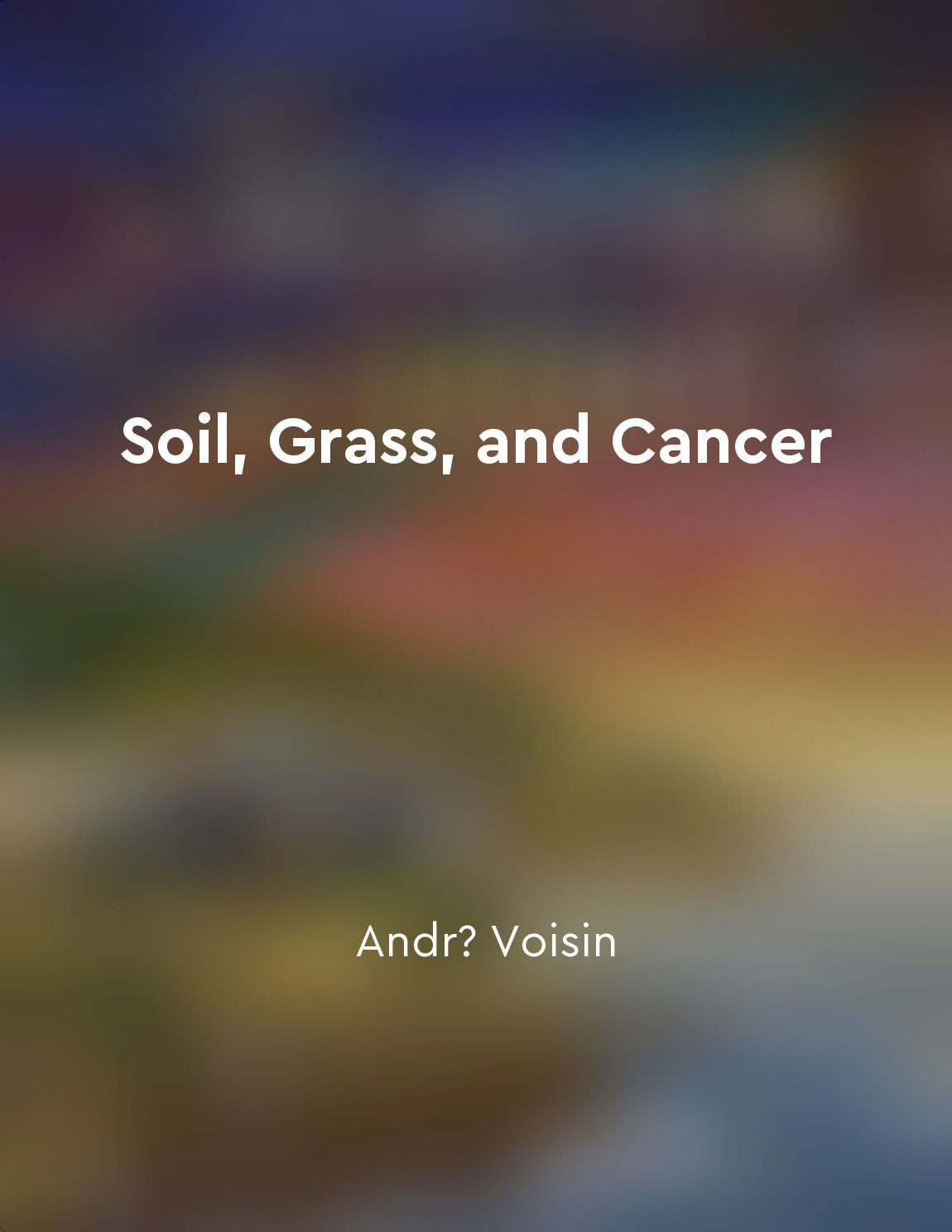Traditional farming practices promote microbial diversity from "summary" of The Hidden Half of Nature: The Microbial Roots of Life and Health by David R. Montgomery,Anne Biklé
Traditional farming practices have long been known to foster a rich diversity of microbes in the soil. This is not surprising, given that agriculture has relied on the interactions between plants and soil microorganisms for thousands of years. By cultivating crops in a way that mimics natural ecosystems, farmers inadvertently create conditions that support a wide range of beneficial microbes. One key aspect of traditional farming that promotes microbial diversity is the use of organic matter as a fertilizer. When farmers apply compost, manure, or other organic materials to their fields, they provide a source of nutrients for a variety of microorganisms. These microbes break down the organic matter, releasing essential nutrients that can be taken up by plants. In turn, the plants provide sugars and other compounds that nourish the microbes, forming a symbiotic relationship that benefits both parties. Another important factor is crop rotation, a practice that has been used for centuries to maintain soil fertility and control pests. By pl...Similar Posts
Listen to your body's hunger and fullness cues
When it comes to eating, it's easy to get caught up in the latest diet trends or nutritional guidelines. But perhaps the simple...

Ecosystem resilience helps prevent disease outbreaks
Ecosystem resilience plays a crucial role in maintaining the balance of nature. When an ecosystem is healthy and resilient, it ...
Olive oil is a healthy fat to cook with
Olive oil is indeed a healthy fat to cook with. It is a staple in the Mediterranean diet, known for its many health benefits. T...

Experiment with nutrientdense recipes for variety
To truly nourish yourself, it's essential to explore a wide range of nutrient-dense recipes that offer both variety and health ...

Eating locally supports community resilience
Eating locally means buying food grown or raised nearby. This simple act has far-reaching effects, not just on our health and t...
Food choices shape our future
Our food choices have a profound impact on the world we create for ourselves and future generations. The decisions we make abou...

Combat chronic inflammation with antiinflammatory foods
Combatting chronic inflammation with anti-inflammatory foods is a crucial aspect of maintaining overall health and well-being. ...

Grass plays a key role in the ecosystem
Grass is not just a simple plant that covers the ground; it is a crucial component of the ecosystem that supports life on Earth...
Ecology offers solutions to agricultural challenges
The ecology provides a wealth of solutions to the challenges currently facing agriculture. By observing the natural world, we c...
